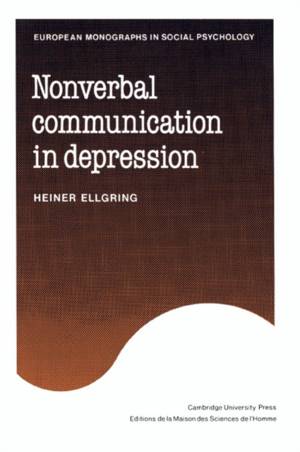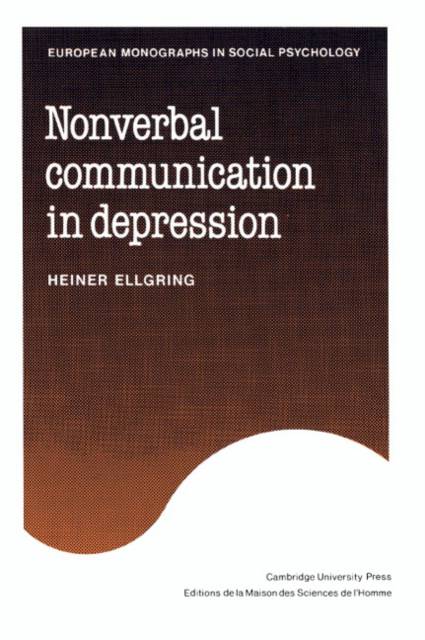
- Afhalen na 1 uur in een winkel met voorraad
- Gratis thuislevering in België vanaf € 30
- Ruim aanbod met 7 miljoen producten
- Afhalen na 1 uur in een winkel met voorraad
- Gratis thuislevering in België vanaf € 30
- Ruim aanbod met 7 miljoen producten
Zoeken
Omschrijving
How does mood affect non-verbal communication, the gazes, gestures and facial expressions which accompany dialogue? This important monograph, based on a longitudinal study of five hundred interviews with depressed patients and normal subjects, systematically examines the ways in which mental illness may affect non-verbal interaction patterns. A number of specific patterns of non-verbal behaviour are identified which relate directly to psychological state and also depend on the interaction of the participants in a dialogue. Non-verbal Communication in Depression is not only rich in much-needed empirical data, but it also offers a fresh theoretical and methodological perspective on communicative behaviour in general. Most importantly, perhaps, it represents a real advance in our understanding of the functions of various non-verbal mechanisms and thus provides the clinical psychologist and psychiatrist with an important diagnostic tool.
Specificaties
Betrokkenen
- Auteur(s):
- Uitgeverij:
Inhoud
- Aantal bladzijden:
- 284
- Taal:
- Engels
- Reeks:
Eigenschappen
- Productcode (EAN):
- 9780521323109
- Verschijningsdatum:
- 26/05/1989
- Uitvoering:
- Hardcover
- Formaat:
- Genaaid
- Afmetingen:
- 152 mm x 229 mm
- Gewicht:
- 585 g

Alleen bij Standaard Boekhandel
+ 397 punten op je klantenkaart van Standaard Boekhandel
Beoordelingen
We publiceren alleen reviews die voldoen aan de voorwaarden voor reviews. Bekijk onze voorwaarden voor reviews.











